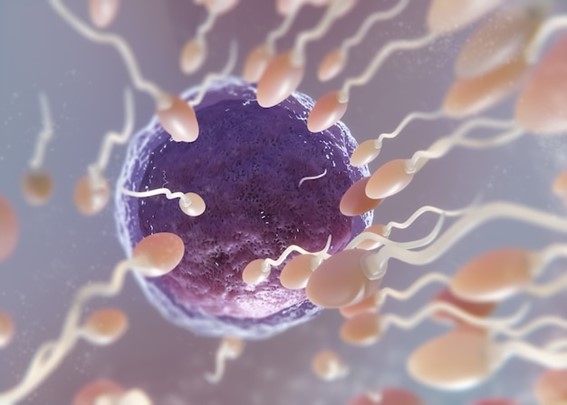Sperm selection techniques are rigorous processes that represent a relevant step during In Vitro Fertilization (IVF) procedures. In recent years multiple studies have been published to demonstrate that sperm quality has a direct impact on early and late embryo development. In addition, more attention is paid to the selection of the best quality sperm to be used in IVF procedures since oocyte quality evaluation is not as advanced. For all these reasons, semen quality has been the focus of interest in many areas of research and innovation.
Researchers from the University of Murcia have developed a device which allows the selection of sperm with the highest potential to fertilize an oocyte, with the purpose of improving the efficacy of these techniques both in human and in other mammals.
The device consists of a chamber with two wells (A and B), connected by a tube. The device works by chemotaxis, focused on follicular fluid (FF) among other biofluids, which participate strongly in the capacitation of spermatozoa attracting them into the chamber. The system can be used to determine the best spermatozoa, which will produce higher rates of penetration in oocytes and development of expanded blastocyst.

The benefits have been tested in human and other mammals’ species to validate the feasibility of the system. In addition, the device is currently in prototype stage.
Benefits:
- Selection of the most capable spermatozoa for improving assisted reproduction techniques
- The selection by FF chemoattractant improves embryo quality and development.
- Speed of the blastocyst’s expansion is greater.
- Simple, practical and high-performance device.
- It can be used with all types of mammals.
The represented institution is looking for a collaboration that leads to commercial exploitation of the presented invention.
Institution: Universidad de Murcia
TRL: 3-4
Protection status: Spanish Utility Model
Contact: Noelia Mas / tech@viromii.com

